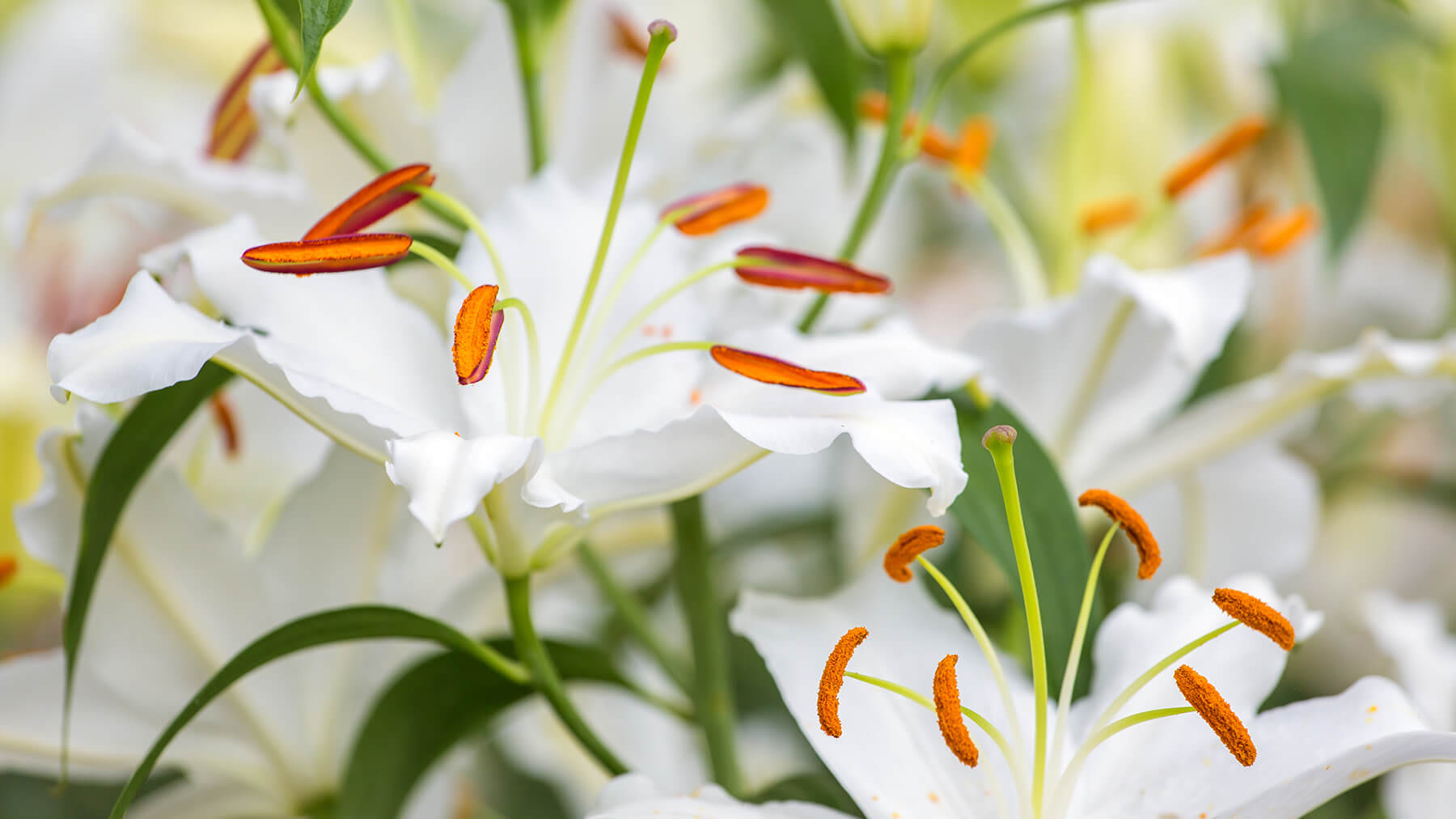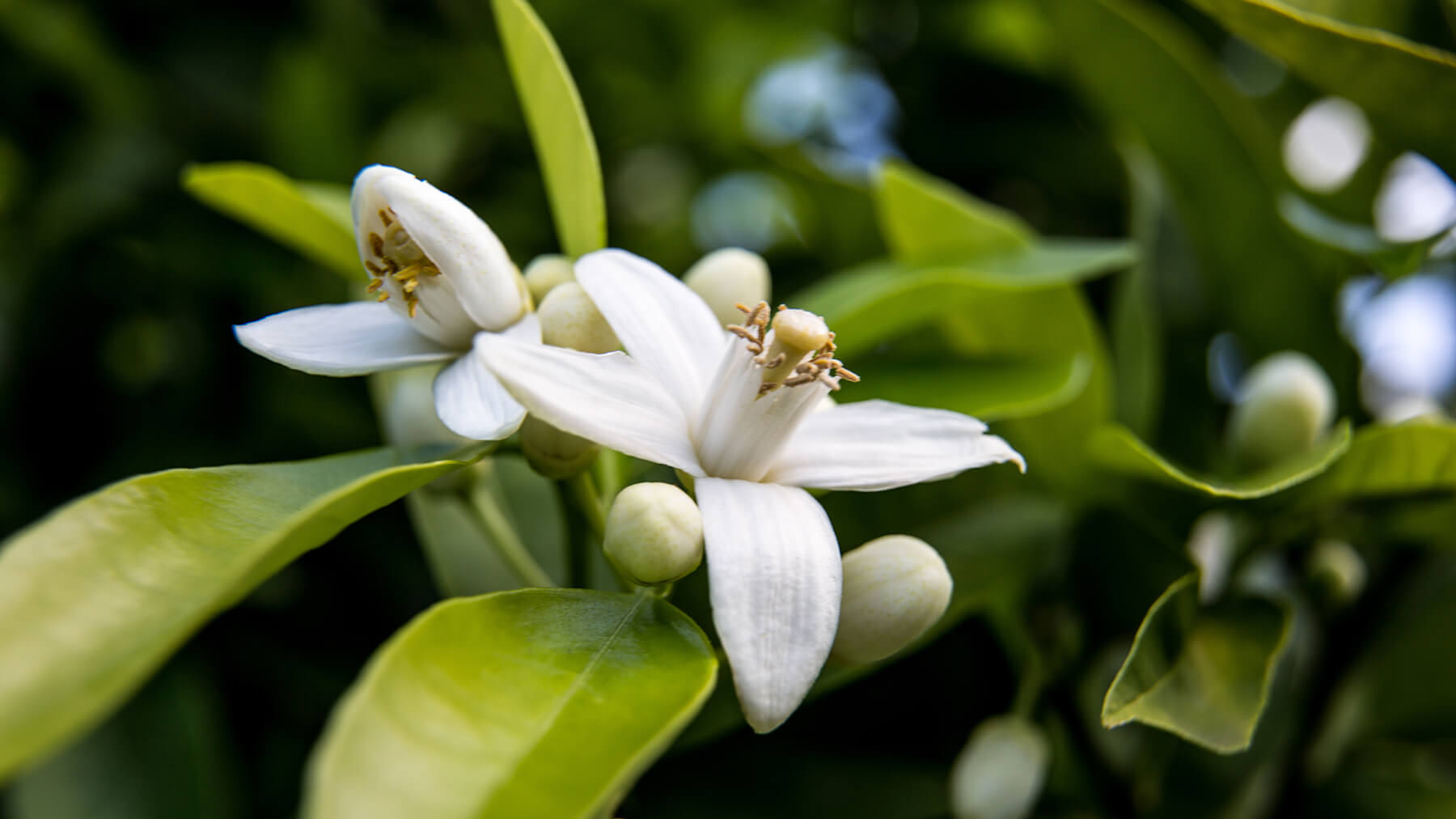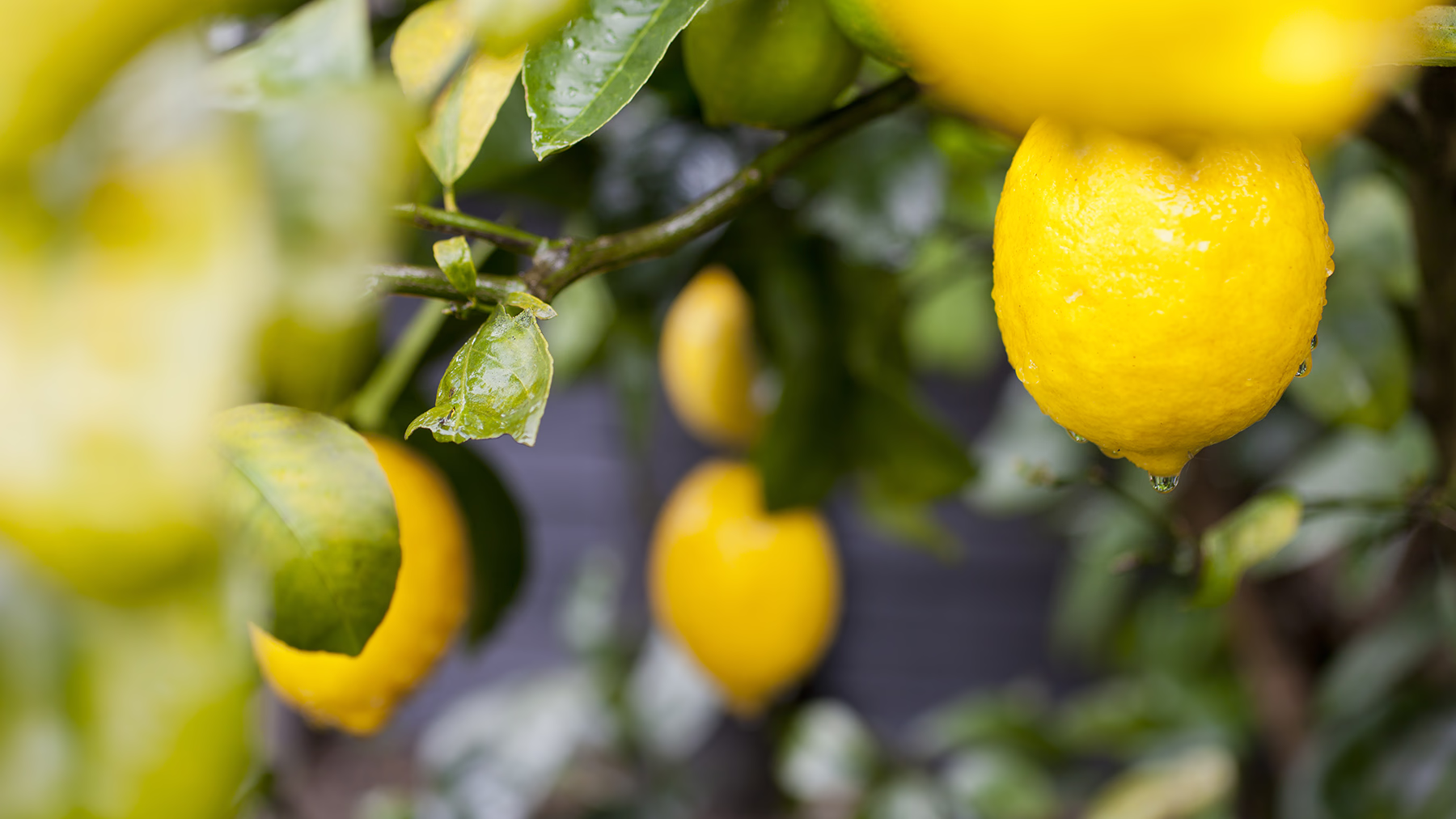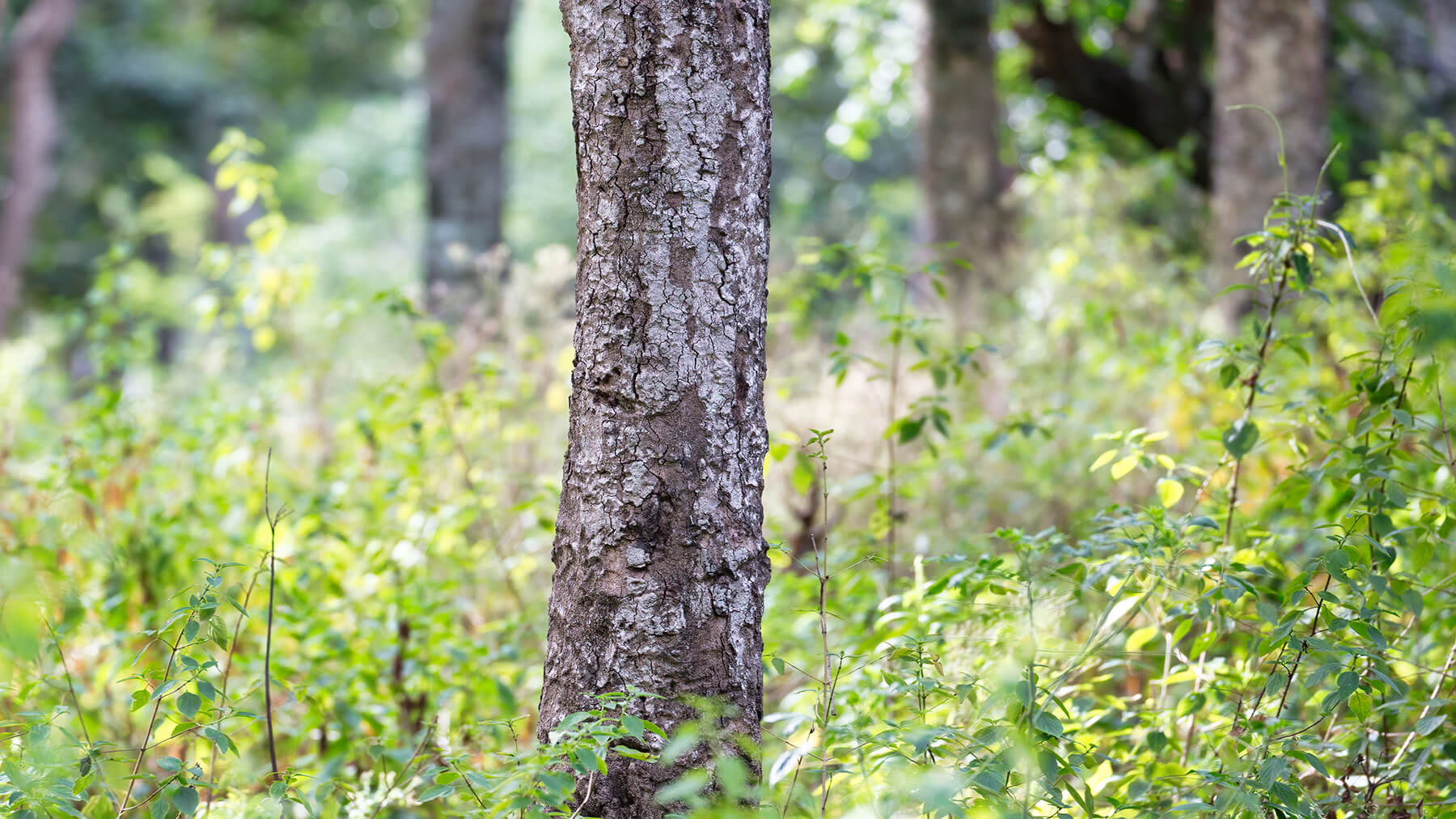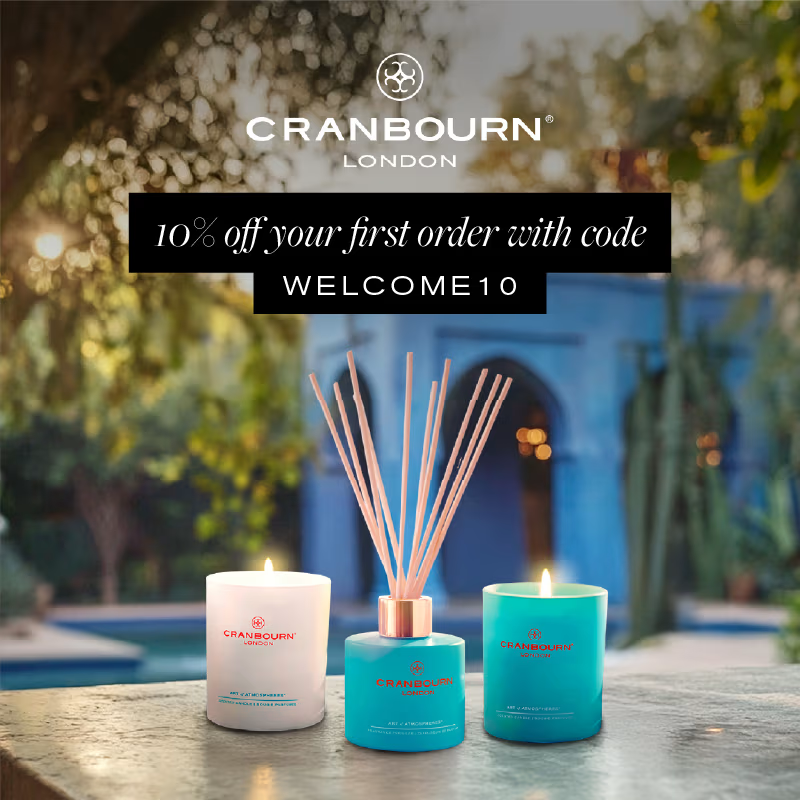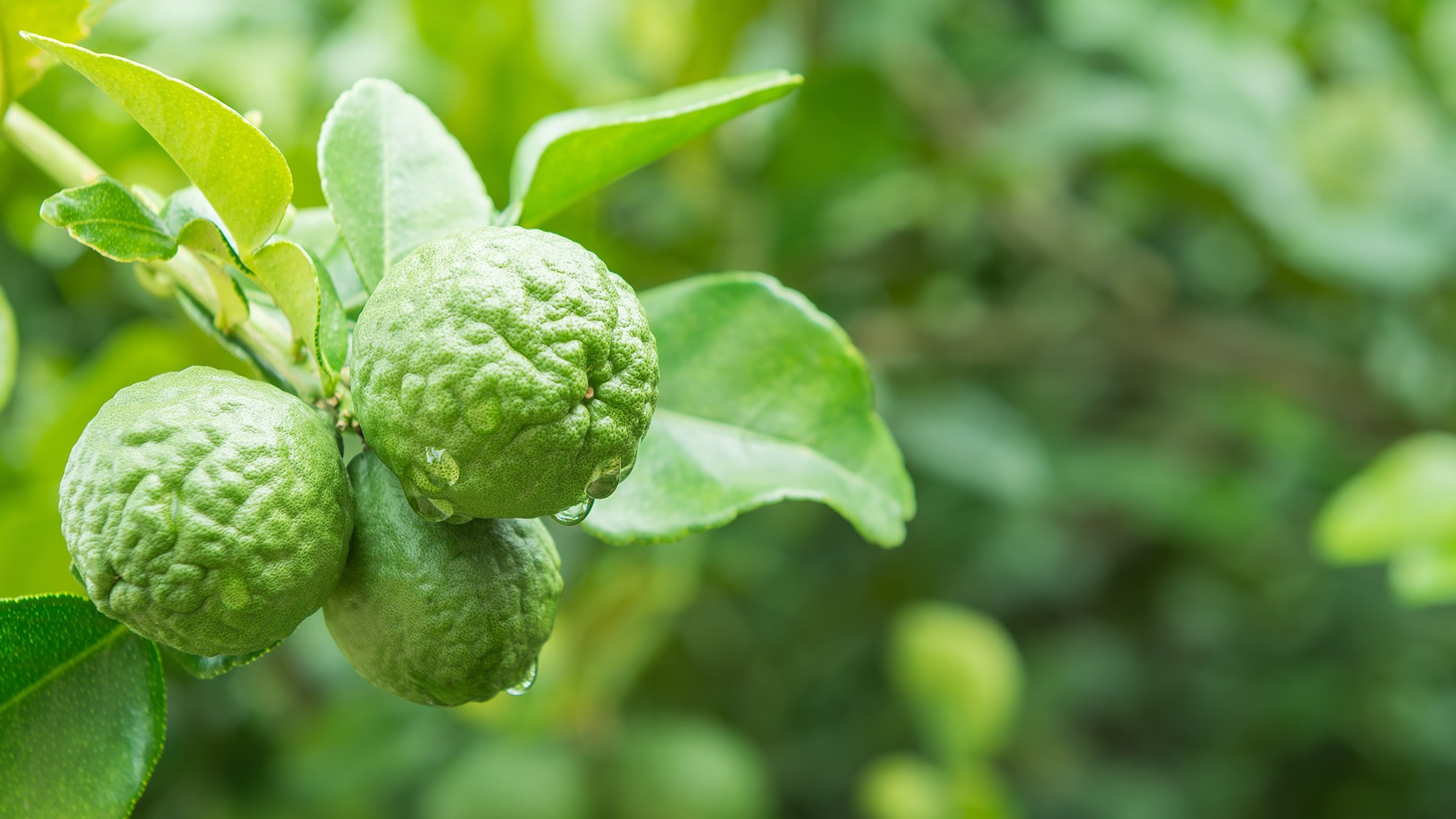
A combination of both an artist and a scientist, a perfumer has to have in-depth insight into the fragrance creation process: and that includes being an expert in the world of botanicals.
Here at CRANBOURN®, we pride ourselves on having this level of expertise. We take the utmost care to discover and use botanicals from around the globe to give our luxury fragrances a unique edge.
In our Botanical Spotlight series, we will delve into the scientific, cultural and olfactory roots of the key botanicals from our fragrance collections.
Distinctive white flowers recognised, at first sight, jasmine is a popular choice in the fragrance world. Jasmine is part of the family Oleaceae, genus Jasminum and species J. officinale, J. nudiflorum, and J. sambac.




